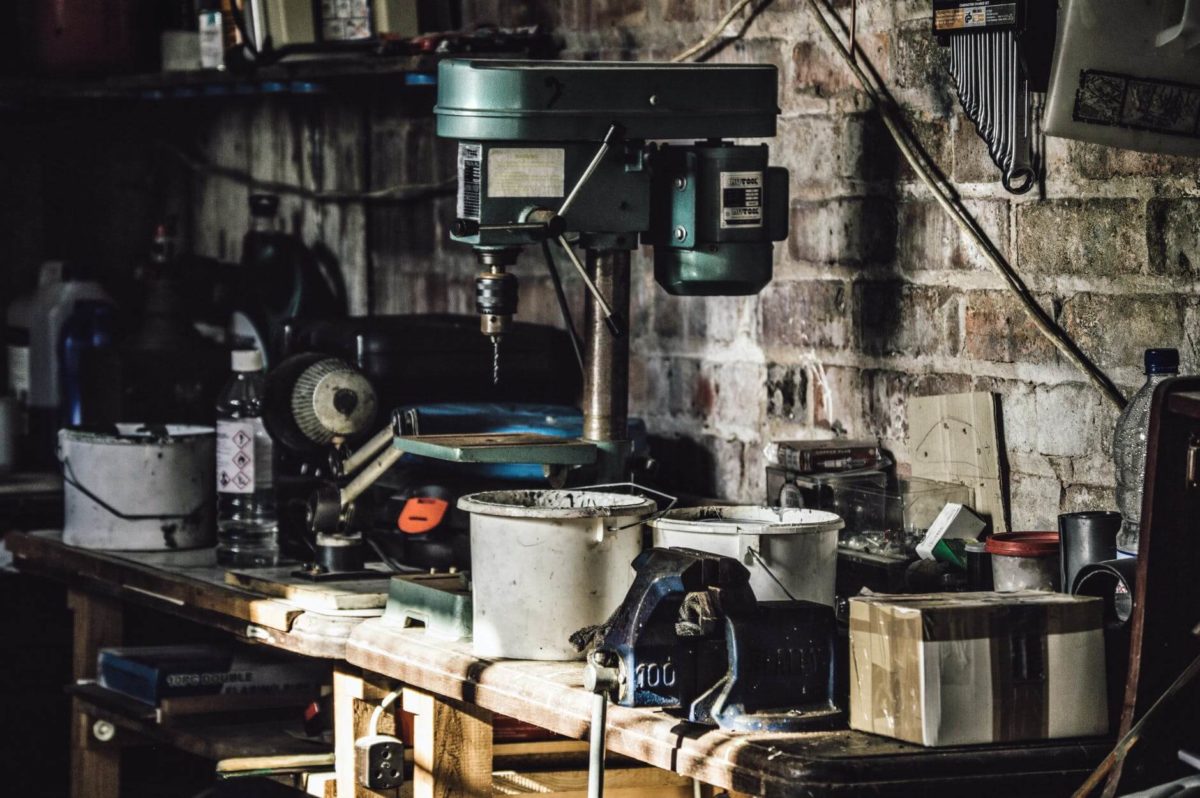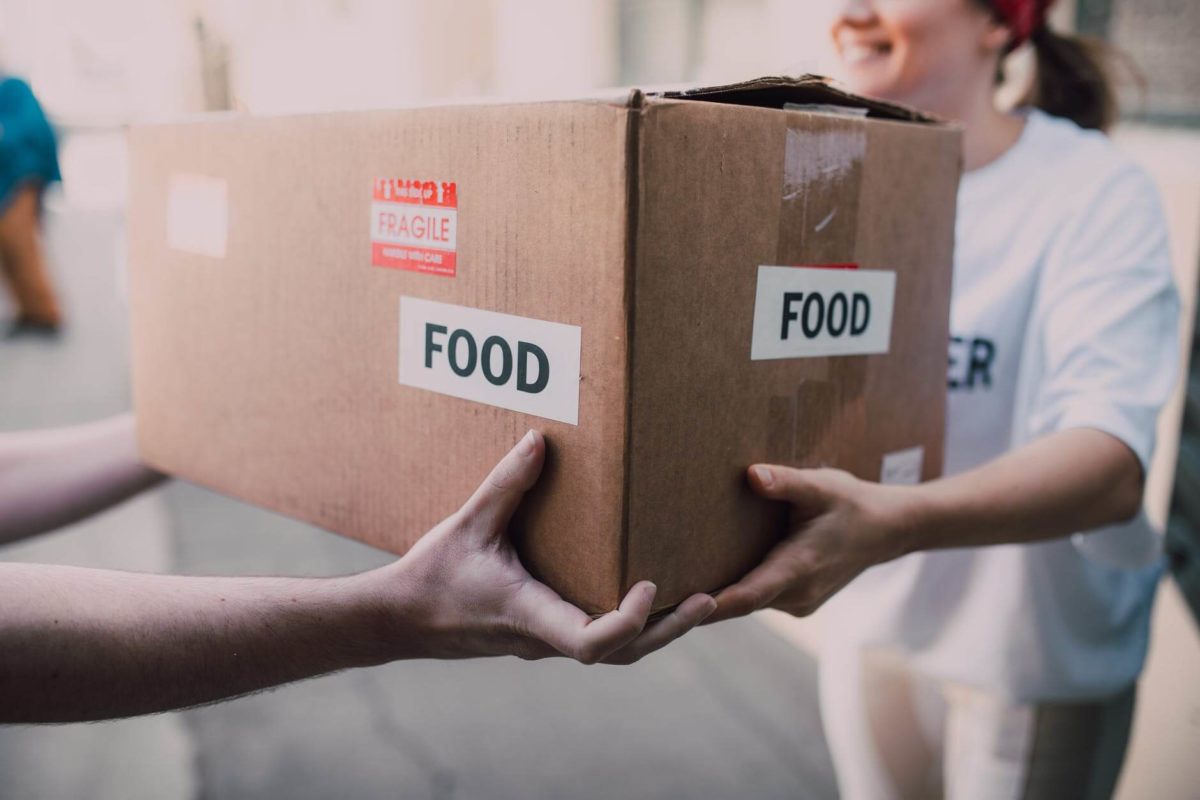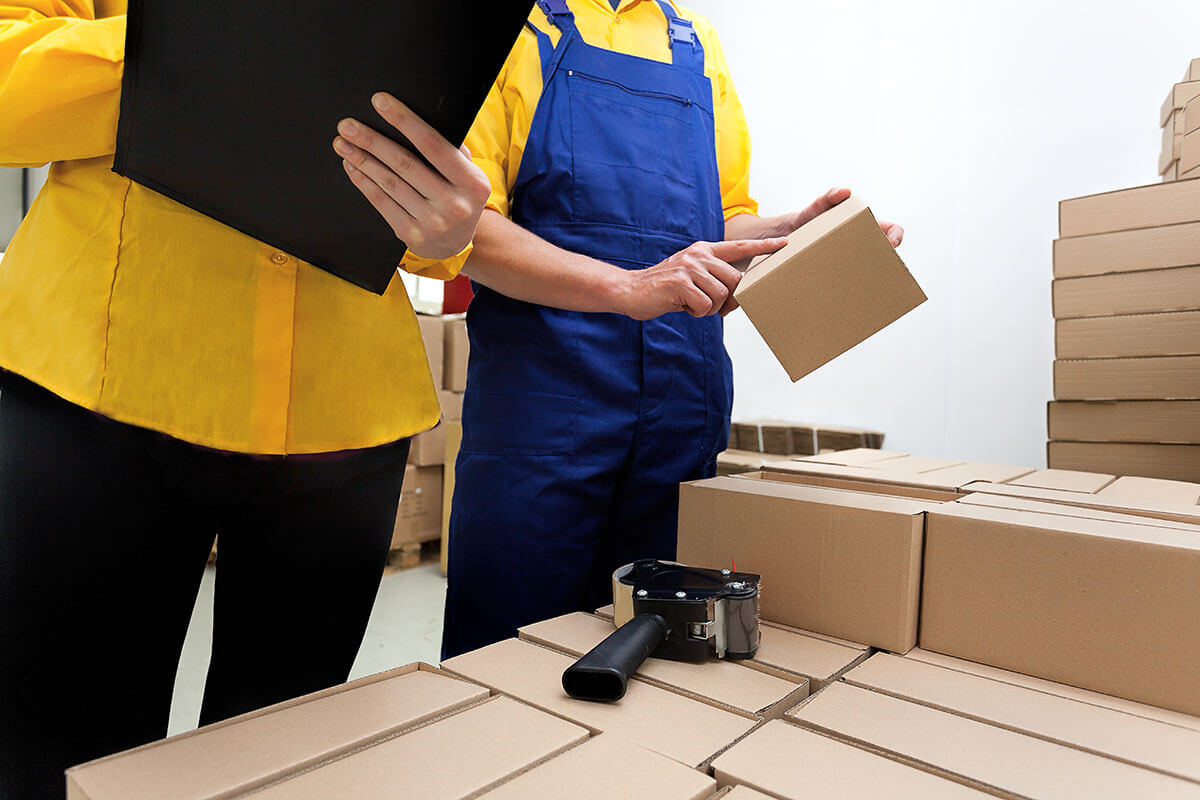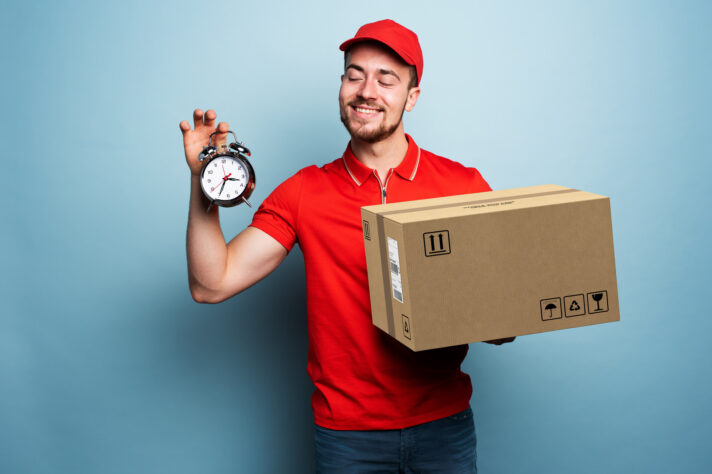If you consider that an average American has around 300,000 items in the home, it shouldn’t surprise why many of us don’t like packing as much. So, when you’re preparing for the relocation, not dealing with stuff you can’t and shouldn’t pack will save you time and nerves. Check out the article below and you’ll know what to leave behind when relocating.
What Not to Pack When Moving Cross-Country
Many people aren’t actually aware of how much stuff is in their house until they prepare for the big move. Unless you’re not living as a minimalist already and can count your household items, you need to know what not to pack when moving across the country. It will help you before and after the move, too.


The First Thing, Of Course, Is to Make a Checklist
Avoid common relocation mistakes and keep it simple. It’s important to remember this because you’ll probably think about giving up when you get to the packing part. Organize your move and make sure you don’t lose precious time on the stuff you can’t or shouldn’t move. If you are moving out for the first time, then you need to know that without a to-do list, your organization probably won’t have a happy ending. This also stands for those who moved more than once. So, once you realize all the benefits of relocating, you should prepare the whole process.
With a checklist of all things you should do, even the relocation during Coronavirus will seem effortless. Here are some things every checklist should have to get prepared for long-distance movers correctly:
- Make a photo inventory,
- Create a household inventory list,
- Estimate the value of household goods,
- Create a relocation budget,
- Change address,
- Transfer utilities,
- Notify everyone about the move,
- Gather enough packing materials.
Make A List of Items You Need to Leave Behind
We people tend to forget things, like cleaning an apartment before settling in, and similar stuff. That’s why you should have another checklist with all that stuff you don’t use or that just can’t be transported. It will help you focus on the necessities.
So, when relocating to a new home, why not have a fresh start with a stress-free move? One thing that will surely emphasize depression after the move is dealing with stuff you don’t need or use anymore. That’s why you should know what to get rid of when moving. Of course, the whole process will be much easier with a list that will keep you updated.
Minimize and Decide What Not to Pack When Moving
Downsizing for a move is the best thing you can do before the big day comes and professionals start loading each box into their truck. That’s why you should avoid the last-minute moves and have a lot of time to plan ahead.
Unfortunately, you can’t contact your family and friends to help you out with this tedious task since we still deal with the pandemic. So, to be more efficient, create different piles of what you should bring with you and what you shouldn’t. From knowing what to keep and knowing what to toss, it can be quite challenging to decide. We’ll reveal the one method that will help you in this process. Keep reading.
Before You Get to the Packing, Ensure You Get Rid of the Unnecessary Clutter
Yes, decluttering is certainly the most effective way of getting rid of stuff from your home. We all tend to keep an item that we think it’s going to be reused, right? And imagine what happens if you consider that an average American lives in one house for seven years.
Don’t overthink it, and just start with getting rid of the clutter. Do it room by room because that way you’ll be fast and effective. Also, create the following piles for a better organization:
- Toss – in this pile should be all stuff that can’t be reused. For example, some old appliances can’t be repaired.
- Donate – do a good thing and donate unwanted items to the local charities. You can also do it online on the website Goodwill.
- Sell – Something that you can’t donate; try to sell it online. A garage sale isn’t recommended because your and others’ health should be a priority.
Going Minimalistic Is a New Way of Living
Living a minimalist lifestyle can only do you good. However, you can’t become one overnight. This trend will take some time, but it will help you in the long run. Many of us hesitate because it takes a bit of effort. Of course, even if you want it, you can do it in just a couple of hours.
A good start is answering some simple questions like:
- Is some item still useful?
- Does it bring you joy or happiness?
- Is it the only one in your home?
If you can easily answer these questions, then you know what to do.


Some Items Just Aren’t Worth Moving – So, Don’t Lose Precious Free Space on Them
When preparing for the move, ensure you have enough time to organize. Also, you have to think through which items shouldn’t be packed. Even though you plan on hiring professional movers, you can try to do some packing on your own, as well.
Begin with bulkier stuff first. Examine the furniture and check its shape. If some pieces can’t survive transportation, then there’s no point in relocating that furniture.
It can be quite difficult to decide what to bring and what to leave behind when it comes to clothes. If you’re in the same dilemma, ensure you don’t waste free space in the truck with clothes you most certainly won’t wear.
What Things to Throw Away When Moving
Garages in most households are reserved for all the clutter you couldn’t put inside the house. So, roll up your sleeves and ensure all the unnecessary items are organized so you know what to do with them. For example, keep the good equipment and working appliances in one pile. In another put stuff, you’ll have to throw away. That stuff could be an old bicycle that can’t be fixed and eventually given away.


Dispose of All Perishables and Food With Expiration Date
Moving the kitchen stuff is time-consuming, from preparing all the appliances and wrapping up dishes carefully for the move. Another thing you should keep in mind is the food. You don’t want to unpack a box full of spoiled groceries after the move, right? So, don’t pack frozen, refrigerated, and open packages of food.
Contact the Local Charities and Check If Some of the Food Can be Donated
Don’t throw away all the food once you decide to clean your refrigerator and freezer. Of course, check the expiration date. This is important because, instead of throwing perfectly good groceries, give them away to the local charities. So, prepare canned foods and don’t forget about liquids, too.


Ensure the Household Cleaners Aren’t on Your Packing List
We all know how household cleaners can be expensive. However, safety should be in the first place when you are relocating to a new house. In this case, no relocation hack can ensure safe transport because almost every bottle contains alcohol and other flammable materials.
However, not everything will end up in the trash. Many facilities are in need of cleaning supplies and won’t mind if a bottle is half-full. Try researching online for homeless shelters or pet care facilities. Contact them and ask if they want to get these supplies.
Don’t forget to check the expiration date, as well on each bottle, before you prepare them. Also, if you still have some extra cleaning supplies you don’t know what to do with, why not ask your family to take them?


Keep Valuables and Documents Near You During Transportation
People move for many reasons. But once they decide on a big step, they should find recommendations for a relocation company. It’s an important step of every move because you surely don’t want to deal with relocation scams. This shouldn’t scare you because many reliable cross-country moving services will ensure your move is safe.
However, you should keep all of your valuables, such as family heirlooms and jewelry, by your side during the transport. Also, the same thing can be said for important documents – birth, medical and marriage certificates. Protect them and put them in the essential bag you’ll prepare for the trip.
Ensure You Reply All of Your Mail and Then Go Digital – You’ll Save a Lot of Room for Other Stuff
When you start wrapping up the entire house, only then do you realize how many important papers are there, right? Organizing important documents at home isn’t the easiest thing, but it is more than helpful in situations like this. On the other hand, if you didn’t have a chance to organize them, now it’s the right time. Just ensure you don’t begin this process before you reply to all of the mail. The mailbox will be overstressed, and you might not get a chance to do it that day.
The best way of doing it is to get rid of extra weight and go online. Scan all documents you use and store them online. Not only will the research be easier (you’ll have to just type the keyword in the search box), but you’ll have more space for some stuff you didn’t have before. Also, you’ll feel more relaxed once you go digital.
If you’re struggling with scanning your paperwork on the phone, check out some useful tips in the video below.
Consider Things Cross-Country Movers Won’t Transport in Their Truck
There’s a clear rule of what professional movers can’t move inside the truck. You probably already know that flammables such as nail polish, oil, gasoline, batteries are something you have to avoid. But, once you start with all the planning for the relocation, something can easily slip your mind. That’s why it’s good to have a list of that stuff before you get to the packing part. So, here are prohibited stuff you’ll have to avoid relocating:
- Hazardous materials,
- Corrosive materials,
- Perishable foods,
- Living being (pets and plants).


Now That You’re Sure What Not to Bring to a New Home, Let the Cross-Country Moving Company Do the Rest
When you have everything planned out, and you know what shouldn’t be packed for the long-distance move, the rest will go much smoother. Especially if you have a relocation company that will take care of the rest with efficient packing services and a possibility of storage facilities for some of your belongings. It’s important to have help such as a trustworthy relocation company because you shouldn’t call your family and friends to help you in this period. And, also, you’ll have safe auto transport for your vehicle.





